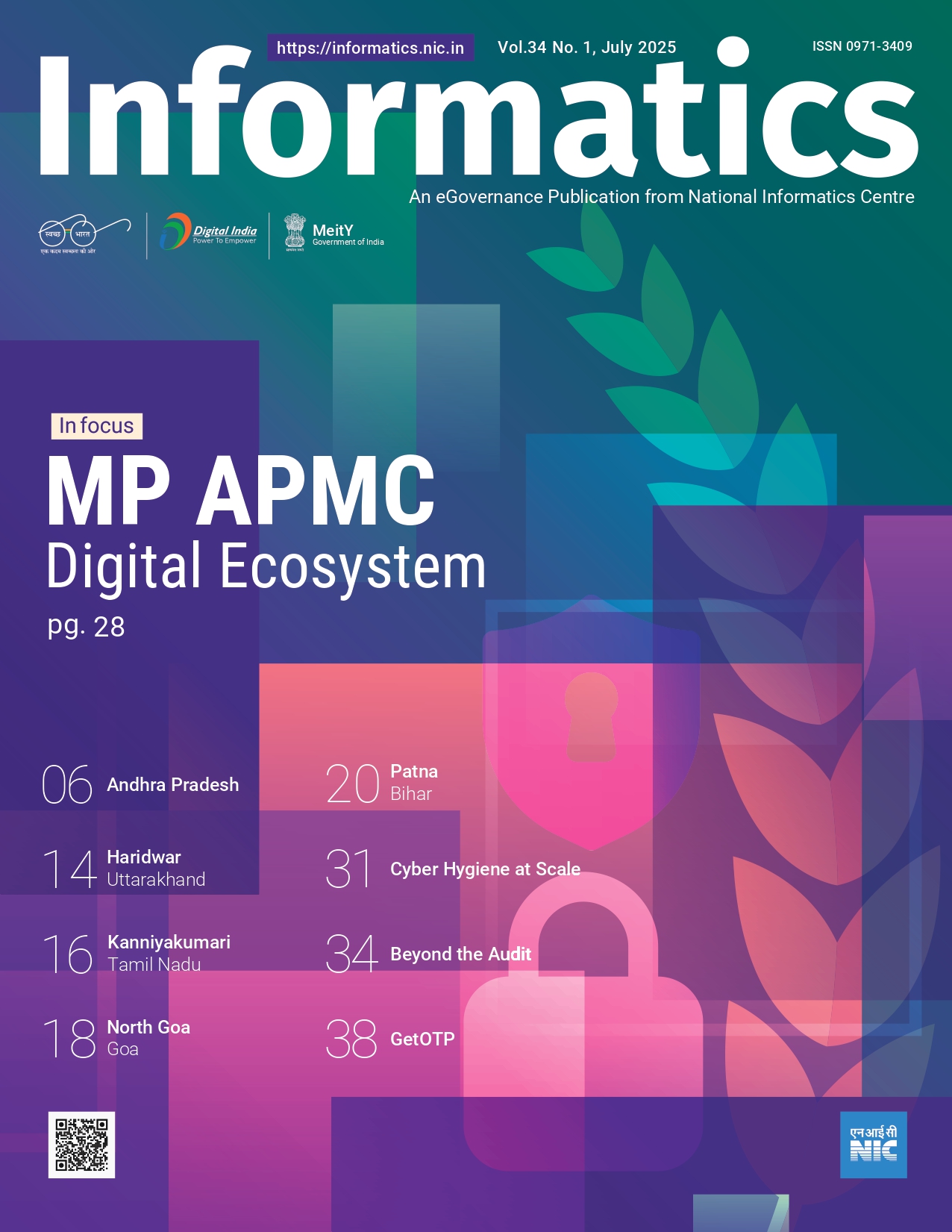Editorial
For decades, Indian agriculture has sustained the nation, yet the systems that governed it remained largely manual, fragmented, and inaccessible to many of the farmers they were meant to serve. Market yards operated through physical ledgers. Subsidies arrived late or inconsistently. Farmer identities were scattered across disconnected databases. While the world moved forward, the fields often waited.
Today, that is no longer the case.
Across states, a quiet but decisive transformation is taking shape—redefining how the government serves its most essential citizen: the farmer. With the convergence of technology, policy, and intent, India is building a new framework for agricultural governance—one that is transparent, efficient, and inclusive.
Initiatives like FRUITS (Farmer Registration and Unified Beneficiary Information System) have laid the foundation by unifying farmer data into a single digital identity, enabling accurate targeting for schemes, insurance, and subsidies. The PM-KISAN App now ensures timely Direct Benefit Transfers to over 11 crore farmers, while the Soil Health Card Portal helps them make informed crop decisions based on scientific data. eUrvarak further strengthens the ecosystem by bringing real-time transparency to fertiliser supply chains.
Together, these platforms represent a new approach—data-driven, farmer-centric, and built for scale. A landmark example of this transformation comes from Madhya Pradesh, where the state’s APMC ecosystem has been digitally restructured through the coordinated rollout of three integrated platforms: eMANDI, M.P. Farm Gate App, and eANUGYA. These systems enable seamless, role-based, real-time operations—digitising every aspect from gate entry and auction to payment and dispatch.
Farmers now receive price discovery, payment verification, and legal compliance—without needing to leave their village. Traders, too, benefit from audit-ready records and easier compliance. With over 259 APMCs onboarded, Madhya Pradesh has set a precedent for what a digitally empowered mandi system can look like at scale.
At the heart of these changes is the National Informatics Centre (NIC). As the technology partner behind many of India’s core governance platforms, NIC continues to play a critical role in designing, implementing, and scaling systems that are responsive to the needs of citizens. In agriculture, NIC’s efforts have been particularly impactful—building bridges between government policy and field-level execution through robust, interoperable platforms.
This issue of Informatics brings together several such initiatives—showcasing how digital tools are helping the state and the farmer move forward together. It reflects a broader commitment: that the benefits of Digital India must reach the last mile, including the last row of the last field.
As we prepare for Digital India @2047, it is clear that the future of agriculture lies not just in better harvests, but in better systems. Systems that are transparent, reliable, and capable of delivering services with dignity. The shift from soil to server is not symbolic—it is strategic. And its success will determine not just the welfare of farmers, but the resilience of our nation.
-Editor-In-Chief

